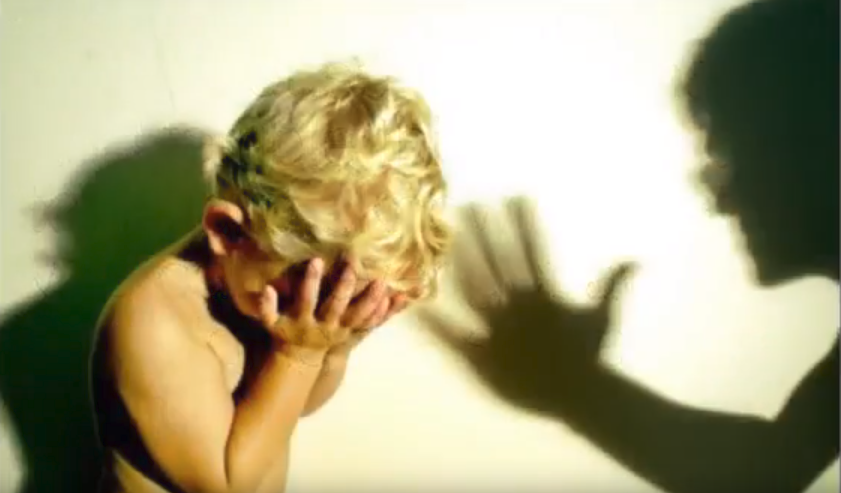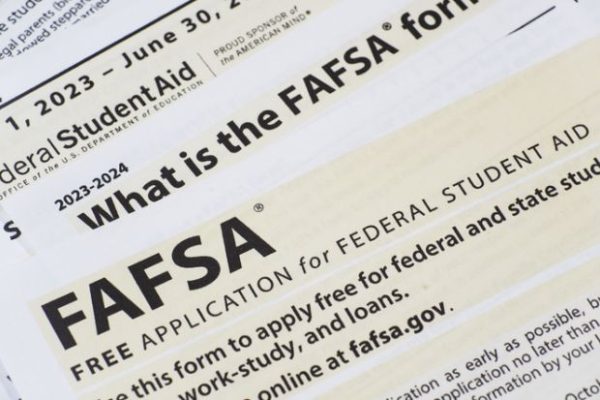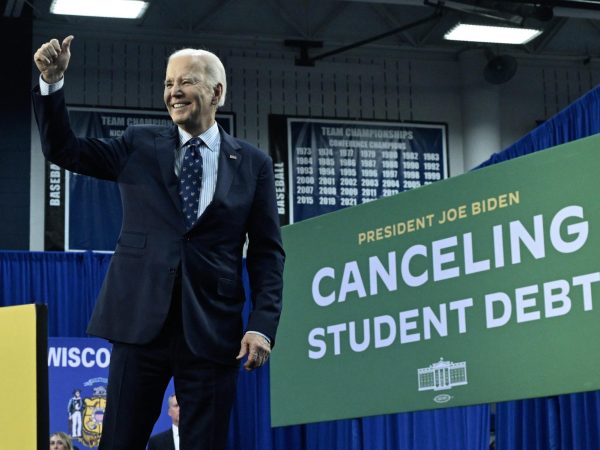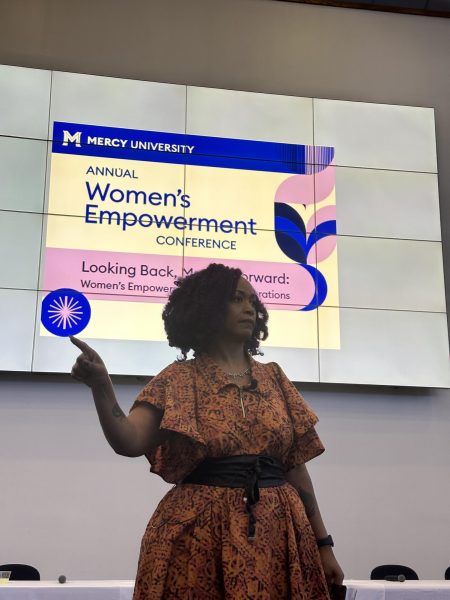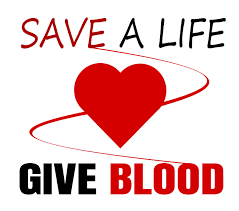Child Abuse Workshop Pleads Those To Act
Warning: This article describes and references multiple forms of child abuse\maltreatment which could be triggering for certain people
“If there is nothing you can walk away from this conversation, it is a very difficult position to make those hotline calls. You have no control over the help that comes. You have no control over what help comes.”
Dr. Tanya M. England said these words on February 19, 2023, at the Child Abuse Identification workshop to the Mercy College community. This online venue brought the participating students into the troubling conversation before answering everything they were unsure of. Reminding them of civic responsibility and giving them more intuition in the aftermath.
England spoke as an adjunct at the college and as an expert. She ensured all students took part in facilitating the workshop after the introductions. The inclusive space enhanced the knowledge of everyone in this field. The presentation provided resources for anyone wishing to look ahead or reflect on it before the event. It was an education of professional and personal responsibility with people choosing or being tasked to be involved if child abuse was possible. At the very least, they would have the resources committed to memory or saved somewhere if anyone witnessed child abuse.
She constantly repeated during the event that there is “No control over the help that causes. This is not an easy topic.”
She knew how uneasy people feel about the maltreatment of children and the infamous tragic cases of child abuse they could be familiar with.
A significant portion covered childhood sexual abuse and grooming, with survivors describing how their abusers manipulated and hurt them. The fear and self-blame instilled in young men and women who were made to believe they brought it on. In two cases, the victims enjoyed the original attention before being taken advantage of. There was a young woman that couldn’t have faith in other people or herself and couldn’t explain why. Before people were warned of potential sexual abuse and exploitation, the victims thought they were in the wrong or enjoyed some of the attention. When Erin’s Law was introduced, things changed. Erin’s Law was created in 2010 and states that children in public schools are educated on sexual abuse and exploitation as a measure of prevention. Every New York State public school has to educate students appropriately to protect them. While they were prepared by it, some weren’t aware that Erin’s law existed.
People have been taught that if they see or suspect something, they should be saying something, People with the instinct to move forward and the intuition but walk away from it. So many people are afraid to report abuse, and if we exclude the survivors, we have witnesses who worry about the consequences and mandated reporters. Witnesses decide they don’t want to be involved. It’s their judgment overridden by emotion, not just hesitation. If they are sure or not, they still have a responsibility they ignore.
Mandated reporters are a different case. They may be defined by the state or profession they are involved in but would have repeated contact with children. They can be the ones responding to the procedure or enacting it. Or they could indulge in refusal to follow through with the call. Not every one of the millions of calls of suspected abuse is investigated from a lack of information given or investment put into it. If they don’t bother with records or act on their suspicions, things could turn out for the worst. Children could lose their lives when they have a position to protect.
In a way, they become as irresponsible with their duties as the worst parents are. They deserve any of the repercussions if they don’t do their job, England stated.
“Five children die a day from abuse. You don’t want to hesitate about that phone call,” she warned, stating the statistics. When one mandated reporter does their job, and there’s a mistake, they are protected from liability with immunity for doing their job in good faith.
One of the more exciting parts of the workshop was the theoretical scenarios included in the workshop’s handout. They described a scene in front of you in as much or as little detail and asked if it was abuse. The questions ranged from detailed accounts of concerning behavior to short examples that could be misunderstandings. Each time stressing the point that no one is required to prove anything. The questions were based on all forms of child abuse, with details helping your decision or making things more puzzling.
One question was based on a suspicion England had in her career, sending her into action to protect a student. One odd statement was more than enough to have her act. It was too strange and concerning to ignore.
“ A very emotional situation; you must be very clear about your role.”
Ultimately, participants were walked through a child abuse hotline call, albeit a shortened version. Embedded with material for the presentation was the Report of Suspected Child Abuse or Maltreatment Form, the LDSS-2221-A. England explained how it needed transparency to be ready for CPS at the time of the call.
“I strongly suggest completing the form before any call is made.”
The Division of Workforce Credentialing and Community Impact conducted this to help those who could one day be mandated the state credit reporters. Those seeking to be credited by the statement could identify and support children dealing with maltreatment.

Edwin Gonzalez is a Senior Media Major. Trying to shift from creative and essay writing to entertainment writing and reporting. He writes under Empathic...



